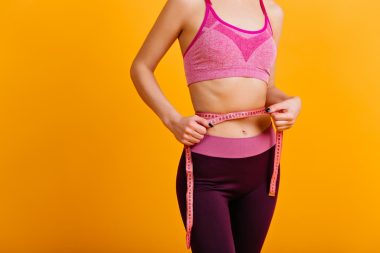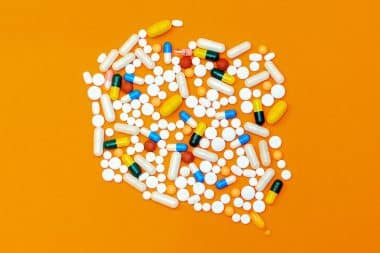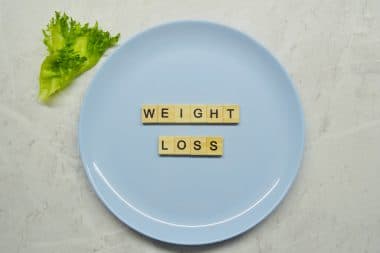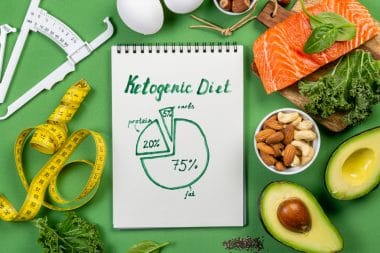The types of foods that we eat play an important role in achieving a feeling of fullness after meals. You may often wonder why you experience a feeling of hunger, just a couple of hours after a meal. The main purpose of food is to satisfy hunger and provide us with the required nutrition our bodies need. If the feeling of hunger is not satisfied, we tend to eat more and put on weight by consuming unnecessary calories. The satiety factor is affected by both the amount and the nutritional content of food products consumed. Weight loss and fitness may be achieved by choosing healthy foods that satiate your hunger and provide fewer calories at the same time.
Foods That Provide A Feeling Of Fullness
For those trying to manage their weight, it is important to avoid foods that provide a high amount of calories in small servings. Foods that contain plenty of water and a high level of protein and dietary fiber are the ones that give provide greatest feeling of fullness. For example, grapefruit, melon, cucumber, and carrots are foods which contain high amounts of water. A typical serving of fresh fruit provides around 60 calories per serving. Since sugar increases the calorie content even up to sixty percent, fruits canned in any type of fruit syrup are less likely to provide you with the feeling of fullness and include additional calories. When choosing fruit, it is advisable to opt for fresh fruits over dried fruit and juice because fresh fruit contains more water and fiber.
Most green vegetables are a rich source of dietary fiber. Salad greens, asparagus, green peas, cabbage, and broccoli provide high fiber with fewer calories. While eating carbohydrates, one should try to avoid refined products and eat whole grains that are high in bran, thus have more fiber. For these types of items, the food label ingredients should say “whole wheat.” Servings of foods such as whole wheat bread, whole wheat pasta, brown rice, and oatmeal provide fiber for a better satiety level. Butter, cream, and other foods high in saturated fat should preferably be avoided as they are very high in calories per serving. A meal that includes fish, meat and eggs, which are high in protein, may also aid in increasing satiety. Foods like candy, ice cream, cakes and other deserts are high in calories and satisfy hunger cravings only for a short period of time.
How To Eat For Satiety?
Ways to include more fresh fruits, vegetables and whole grains in your diet:
- Add berries or banana slices to your morning bowl of cereal
- Consume more salads and raw vegetables
- Take along fresh vegetable slices as a snack on-the-go
- Use fresh herbs and spices to season foods instead of sauces, butter, or cheese
- Choose a variety of foods including items that may be new to you
- Eat larger portions of lower calorie foods
- Read food labels for fiber content and try to choose items with 3 grams of fiber or more





